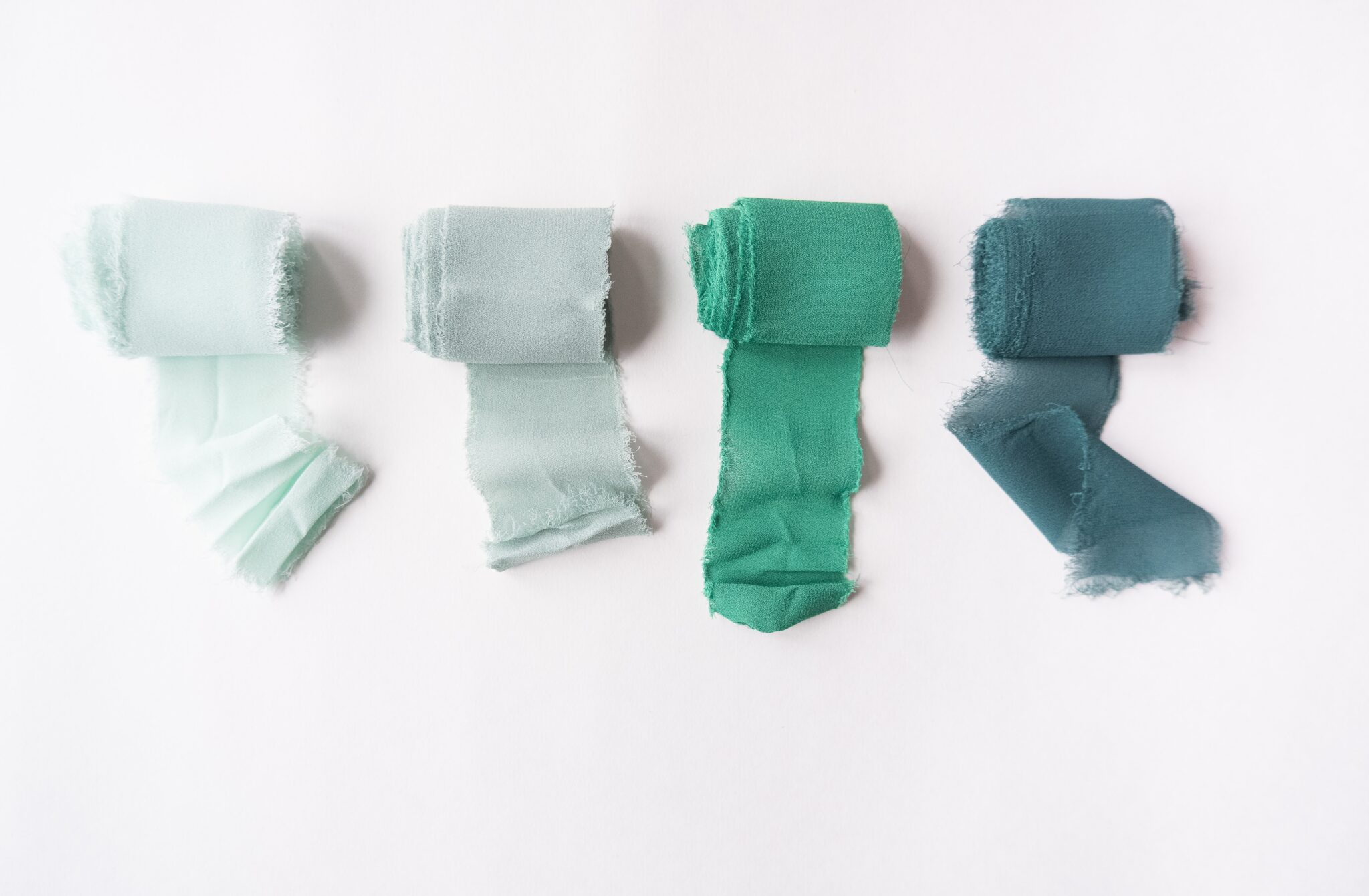
Compress
By: Narda
August 14. 2021
STEP BY STEP
A compress can be moist or dry, hot or cold.
The heat or cold of the compress will penetrate body tissues to increase circulation, thus, helping relax aching and stiff muscles, bones or headaches.
You will need:
- An old clean tube sock, a small cloth or a face towel
- Uncooked oats, rice, beans, bird seed or water
- Medicinal herbs
- Aromatic herbs or essential oils for fragrance, is desired
What you will need to do:
- Wet the cloth or towel in the desired infusion, or…
- Fill up the sock or bag with the indicated or chosen ingredient, making sure there is enough space at the top to tie it up or to sew it.
- For a hot compress, put it in the microwave one to two minutes depending on how hot you want it
- For a cold compress put it in the refrigerator or freezer.
Compress
By: Narda
August 14. 2021
STEP BY STEP
A compress can be moist or dry, hot or cold.
The heat or cold of the compress will penetrate body tissues to increase circulation, thus, helping relax aching and stiff muscles, bones or headaches.
You will need:
- An old clean tube sock, a small cloth or a face towel
- Uncooked oats, rice, beans, bird seed or water
- Medicinal herbs
- Aromatic herbs or essential oils for fragrance, is desired
What you will need to do:
- Wet the cloth or towel in the desired infusion, or…
- Fill up the sock or bag with the indicated or chosen ingredient, making sure there is enough space at the top to tie it up or to sew it.
- For a hot compress, put it in the microwave one to two minutes depending on how hot you want it
- For a cold compress put it in the refrigerator or freezer.
Extra tips
- Use a compress for sore muscles; light sprains, sinus congestion, pink eye, styes, ear infections, migraines, menstrual cramps, boils and cysts
- Hot means tolerably hot, not scalding
- For sprains, take the Mayo Clinic’s R.I.C.E. approach: Rest, ice, compression, elevation
- Heat has been used to treat pain for thousands of years. It reliefs discomfort by increasing circulation to the affected area, hence, speeding the healing process
- Moist heat is considered more effective than dry heat for deep tissue pain
Share your results with us on Instagram



Previous
Next
Photography by: Manfred Pecha, Nick Page, Elsa Olofsson, Engin Akyurt, v2osk., Fiona Murray @ Unsplash
